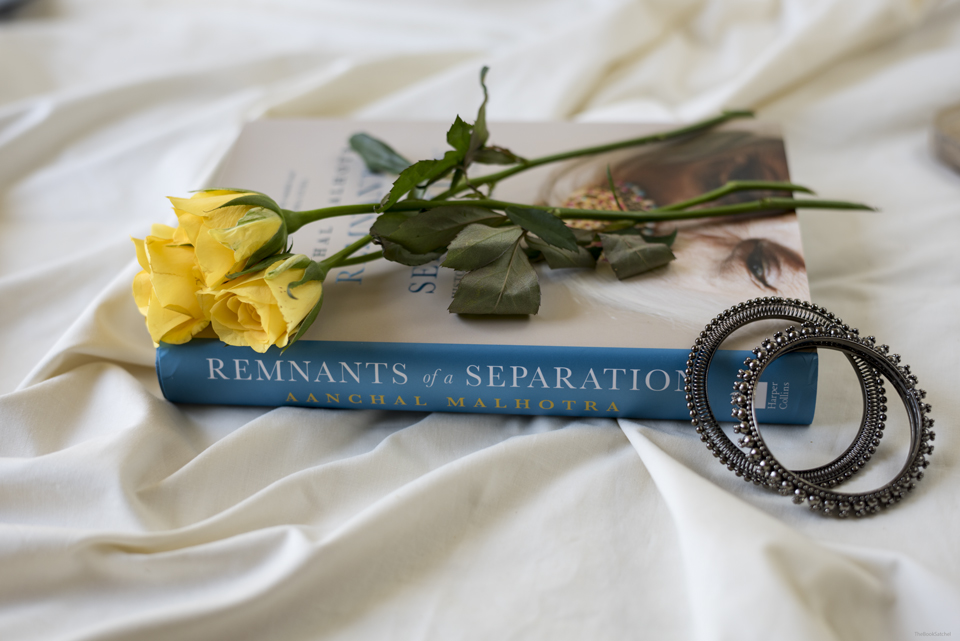
After the interview, the woman’s granddaughter asked me if I had understood everything and I naturally said yes, because I had. I remember conducting an interview in Lahore with a woman who had migrated from Samana in Patiala State (in India) to Multan in Pakistan about the utensils that her family had carried. Several things that you might have never experienced or even know exist, cross your path so frequently. Yes, of course, that is the beauty of visiting the past.

Through the various conversations with people during your research for the book, did you also chance upon lost languages or dialects in the larger ambit? Since then, Remnants of a Separation grew first as a research project just for my own personal interest, then transformed into my MFA dissertation as a photographic work, and finally, into a book of non-fiction, attempting to understand the Partition and a house that has been left behind through the objects that remain of that house. When those objects were touched, caressed and spoken about, they seemed to transport their owner back into time, into the past, as if they were portals.

The objects became both portals into the past, as well as catalysts to access it. Both the gaz and ghara belonged to my maternal great-grandparents: the gaz was used in my great-grandfather’s clothing store, first in Lahore and then in Old Delhi, and the ghara was used by my great-grandmother to make lassi every weekend, an activity that her eldest son carries out till date! From our conversations about these objects and the fact that they bore this incredible grit and sheen of the past, they seemed to evoke landscapes of Lahore that I had never seen but were a part of me, as well as a part of my maternal grandfather. In 2013, while on sabbatical from my MFA degree at Concordia University, Montreal, I encountered two objects ― a ghara and a gaz ― which were carried from Lahore to Amritsar just before the Partition. How did the idea for Remnants of a Separation come about? There are definitely some works I frequently re-visit ― A Very Easy Death by Simone de Beauvoir An Atlas of Impossible Longing by Anuradha Roy and Everything is Illuminated by Jonathan Safran Foer. I have been reading India Moving: A History of Migration by Chinmay Tumbe. What are you currently reading? Is there a work of writing you frequently revisit? Through the lens of her debut book, ‘Remnants of a Separation’, oral historian and artist Aanchal Malhotra shares stories of objects, her encounters with lesser known regional dialects, and the need to document personal histories to create a collective history.


 0 kommentar(er)
0 kommentar(er)
